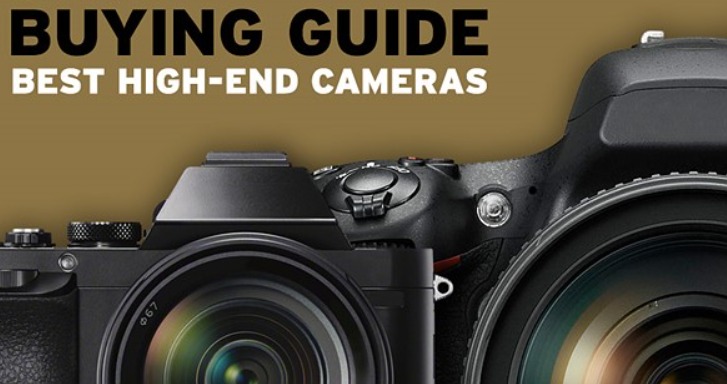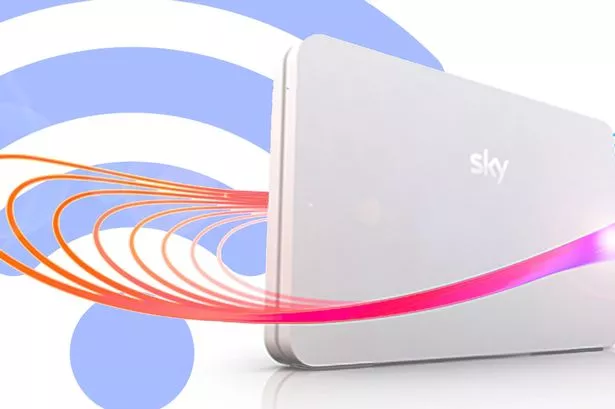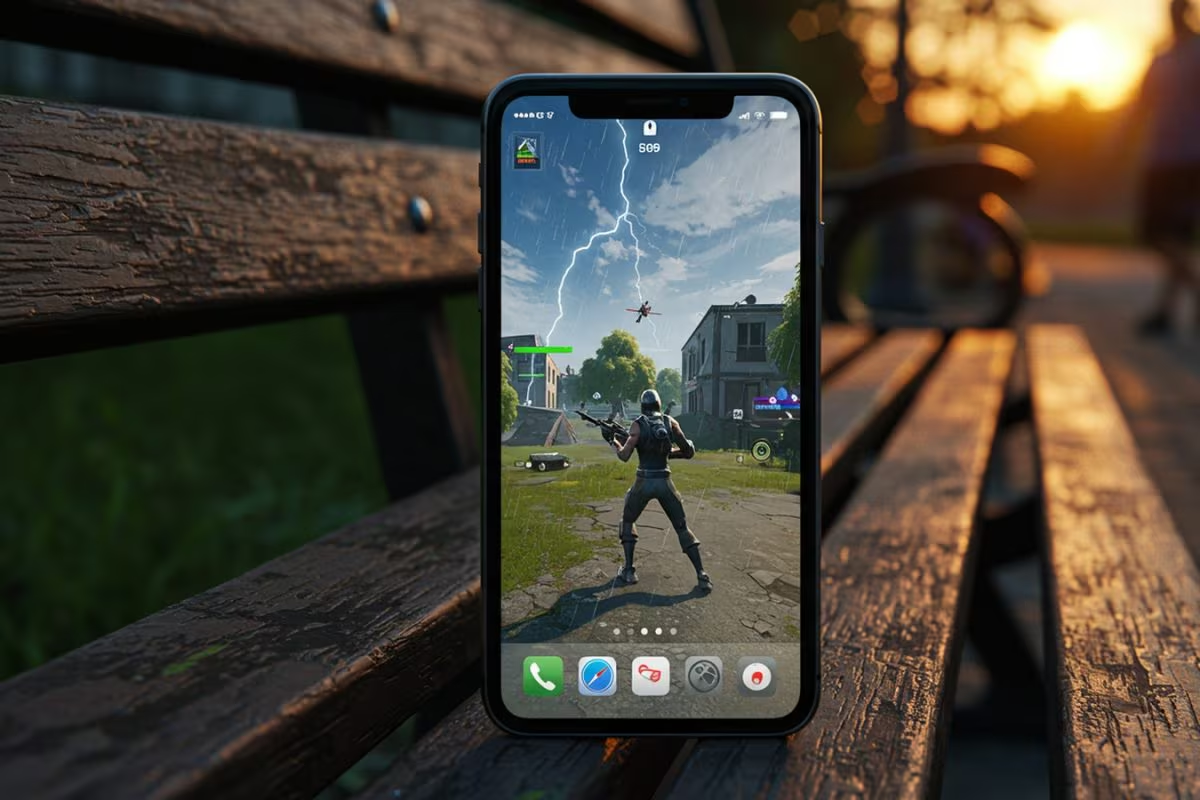When you’re spending over $2,500 on a camera, you’re entering a world of professional-grade performance. At this level, the gear is built to deliver top-tier image quality, excellent video capabilities, and fast performance for high-paced action — all without significant compromises.
For many photographers, a camera priced around $2,000 will meet most needs. But if you’re looking for something truly exceptional — whether it’s for commercial work, high-resolution landscape photography, or cinematic video production — these high-end models are among the best options in 2025.
We’ve narrowed the list to three standout cameras under the $4,000 mark. Yes, there are even more expensive models out there, designed for highly specialized use cases like professional sports or luxury-tier shooting, but those are beyond the scope of this guide. If you’re in the market for one of those, you likely already know what you need.
At this premium level, all the cameras are great in their own right. Often, your choice will come down to which brand’s lens system you’re already invested in. Still, we’ve highlighted the unique strengths of each camera to help guide your decision — especially if you’re open to switching systems.
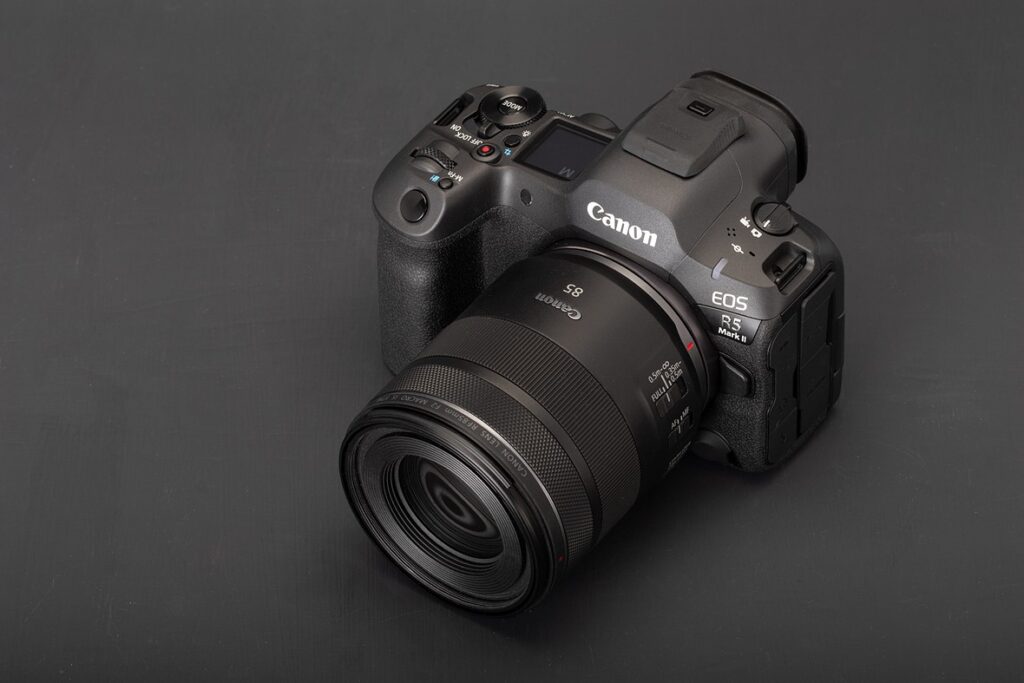
1. Canon EOS R5 II
Price: ~$3,899
Sensor: 45MP Full-Frame Stacked CMOS
Best for: Versatility, Action, and High-Resolution Imaging
Canon’s EOS R5 II is the brand’s flagship full-frame mirrorless camera and an evolution of the already highly-regarded R5. With a 45-megapixel stacked CMOS sensor, this camera delivers stunning detail, fast readout speeds, and excellent dynamic range.
Highlights:
Speed and Precision: Capable of shooting full-resolution RAW files at up to 30 frames per second, the R5 II is a powerhouse for sports and wildlife photography.
Reliable Autofocus: The updated Eye Control autofocus allows you to select subjects just by looking at them through the viewfinder. While not perfect every time, when it works, it feels like magic.
Video Performance: With 8K/60p RAW video recording, Canon is pushing boundaries. However, overheating can be a limitation during extended high-res recording.
Image Quality: The 45MP sensor strikes a balance between resolution and file size. JPEG output is clean, sharp, and color-accurate with smart noise handling.
Physically, the R5 II feels solid and comfortable in hand, with well-thought-out ergonomics and a durable weather-sealed body. This camera is designed to handle almost any shooting scenario, making it one of the most versatile tools available today.
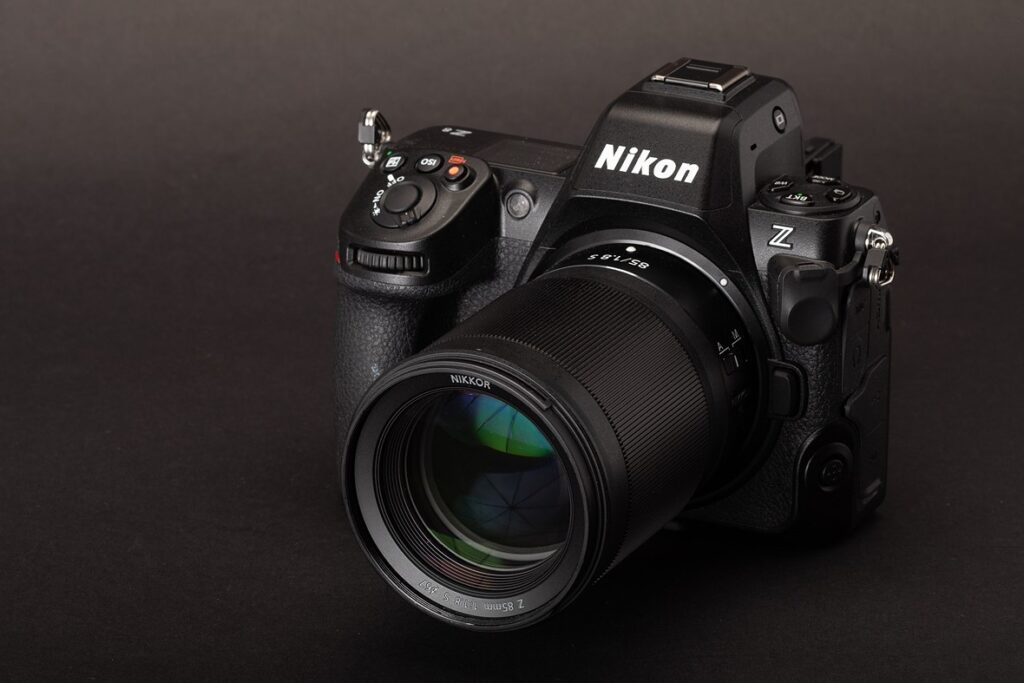
2. Nikon Z8
Key Specs:
Sensor: 46MP Full-Frame Stacked CMOS
Burst Shooting: Up to 20 fps RAW
Video: 8K/60p, 4K/120p
Price Range: ~$3,700
Nikon’s Z8 shares a lot of its internals with the flagship Z9 but comes in a more compact and slightly more affordable package. Designed for professionals and advanced enthusiasts, it excels across photography and videography, making it a formidable rival to the EOS R5 II.
Strengths:
Sensor & Image Quality: With a 46MP sensor, the Z8 captures richly detailed images, handling low light well and offering excellent dynamic range.
Autofocus & Speed: Nikon’s subject detection and tracking performance is strong, particularly for wildlife and sports, though Canon’s Eye Control feature slightly edges it out.
Video Performance: The Z8 is a video beast, supporting high-end features like 8K/60p, ProRes RAW, and internal N-Log recording. Heat management is well-handled, even during long sessions.
Build & Usability: The Z8 has a rugged build and ergonomic design that appeals to pros used to DSLR bodies.
Drawbacks:
Slightly bulkier than some rivals.
Doesn’t feature Canon’s unique Eye Control tech.
Final Verdict:
The Nikon Z8 offers nearly all the capabilities of Nikon’s flagship Z9 in a lighter, more accessible body. It’s a top-tier hybrid camera that delivers stunning stills and professional video with rock-solid performance across the board.
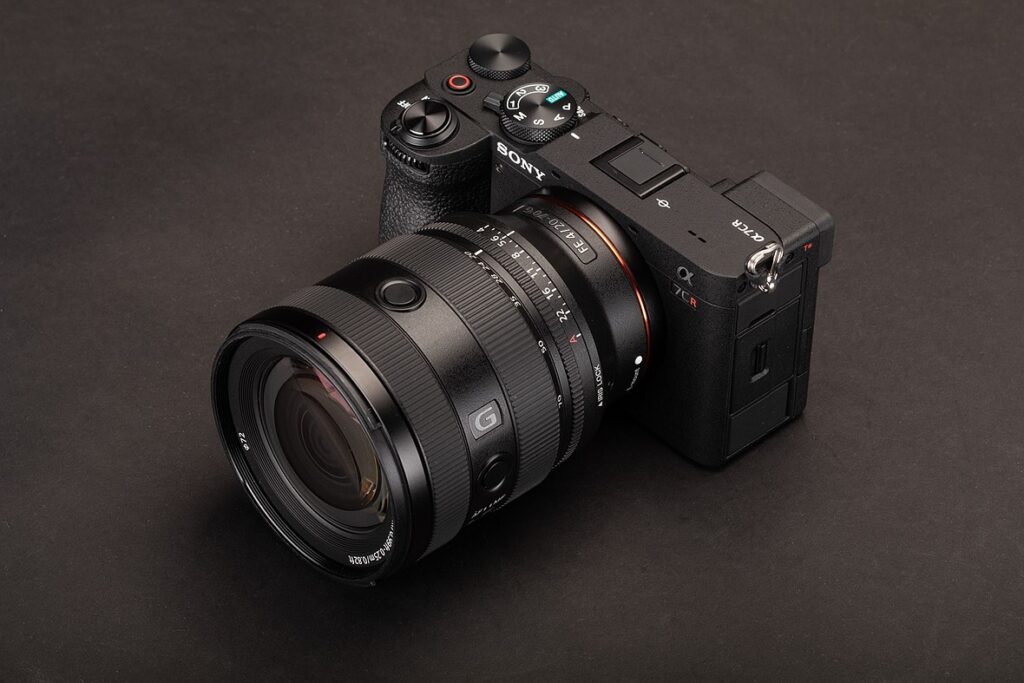
3. Sony a7CR
Key Specs:
-
Sensor: 61MP Full-Frame BSI CMOS
-
Burst Shooting: Up to 8 fps
-
Video: 4K/60p
-
Price Range: ~$3,500
Sony’s a7CR is a marvel of engineering—packing a high-resolution 61MP sensor into a body that’s smaller than most APS-C cameras. It’s the most compact and lightweight option on this list, yet it doesn’t skimp on quality or features.
Strengths:
-
Resolution: The 61MP sensor delivers exceptional detail, perfect for landscapes, studio work, and commercial photography.
-
Compact Design: It’s impressively small for a full-frame camera, making it ideal for travel and street photography. The new front control dial improves usability over previous compact models.
-
Color & Image Quality: Sony’s color science has improved considerably, and images are vibrant and crisp. In-body image stabilization helps when shooting handheld at high resolutions.
Drawbacks:
-
Viewfinder: The EVF is underwhelming for a high-end camera—low resolution and a bit small.
-
Handling: No joystick for AF point selection, which may frustrate some users who are used to more tactile control.
-
Limited Burst Rate: Slower shooting speed (8 fps) compared to rivals.
Final Verdict:
If resolution is your top priority and you value portability, the a7CR is an excellent choice. It’s not the fastest camera, but it delivers breathtaking image quality in a surprisingly compact body.
